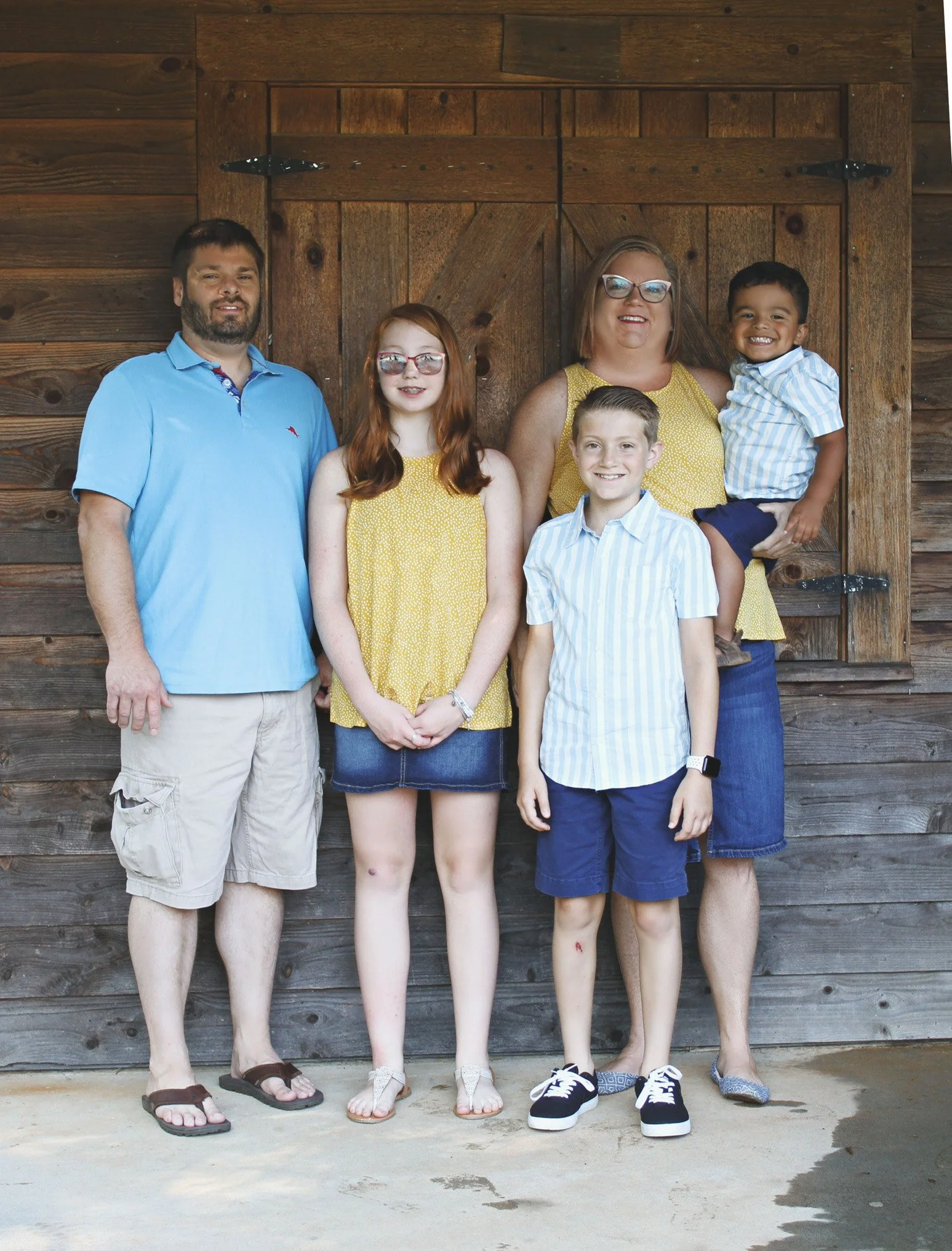The Osborne Family’s Journey to Fostering
About fourteen years ago, Gaile Osborne and her husband began an unexpected struggle with infertility. Early on, they made the decision that they were not going to spend money trying to conceive. They knew God was going to lead them to have a family, but they weren’t quite sure how or when it was going to happen. A few years later, they landed in the mountains and joined a church that was very involved in fostering. Soon, their fostering journey began. In a short amount of time, twelve children cycled through Osborne home; their cases were either ending, or they came for short term respite before being placed into a family permanently. One day Gaile said to her husband, “a piece of my heart goes out the door every time a kid goes out the door,” and they knew they had to adopt. Right away, Gaile sent out letters to every DSS in the state of North Carolina. Within days they got a phone call about a little girl in the central part of the state who had been through the system, meaning that she was not going to be reunited with her biological family. They explained the situation and the child’s behaviors, but what struck Gaile was the child’s striking red hair. Gaile has red hair herself, and she had dreamed of having a little girl with red hair her entire life. Of course, they accepted her into their home, but the DSS worker explained to them that there was more to the story — the girl had a brother. “I’ll take that child, too!” Gaile exclaimed. However, it was certainly more challenging than they thought it would be. Though their love for both children didn’t waver, there were layers of trauma to work through, combined with their transition into adolescence.
But the Osbornes were steadfast, and none of this scared them away from wanting to adopt another after the first two were settled. They wanted to open their home to a child with a different kind of background. Their next child was considered medically fragile. He would be hospitalized 20 times throughout his life. “It’s been a totally different experience. But it’s been a beautiful thing to see the other side of a possible placement,” Gaile says.
The Osbornes continue to foster children in their home and support other foster families. Gaile has combined her work in advocacy and fostering and is now the Executive Director of Foster Family Alliance, a non-profit organization based out of Raleigh NC, that works to improve policy and make changes to improve circumstances for foster families. Things have changed quite a bit over the years, and Gaile is happy to share these stories with foster families and help them along their journeys.
There are currently 8,000 children that need homes and only about 3,500 foster homes. If you are interested in fostering or providing respite, Gaile suggests the first thing to do is go to an informational meeting to learn more about what the experience will be like, what the mandated specifications for your household are, the monetary requirements, the supplement you get paid every month, and the appointments the children have to go to. They break it all down for you. There are two options: to get licensed by your local DSS or by a private agency. It is best to attend informational sessions for both. The state of North Carolina is currently struggling to find homes for teenagers, especially.
Gail Osborne is passionate about coaching parents and school systems on how to interact with children with trauma. She has been a Parent Advocate for the past 8 years and was a Special Education teacher for 17 years. She currently serves as the Executive Director for the Foster Family Alliance of North Carolina, and is on the board for Creating a Family in Brevard. Becoming a foster parent can make a huge difference in a child’s life. Even if you do not adopt, there are plenty of other options available.
Written by Emily Euchner
Foster Family Alliance of North Carolina
2609 Atlantic Ave
Raleigh, NC 27604
(800)-578-7770


